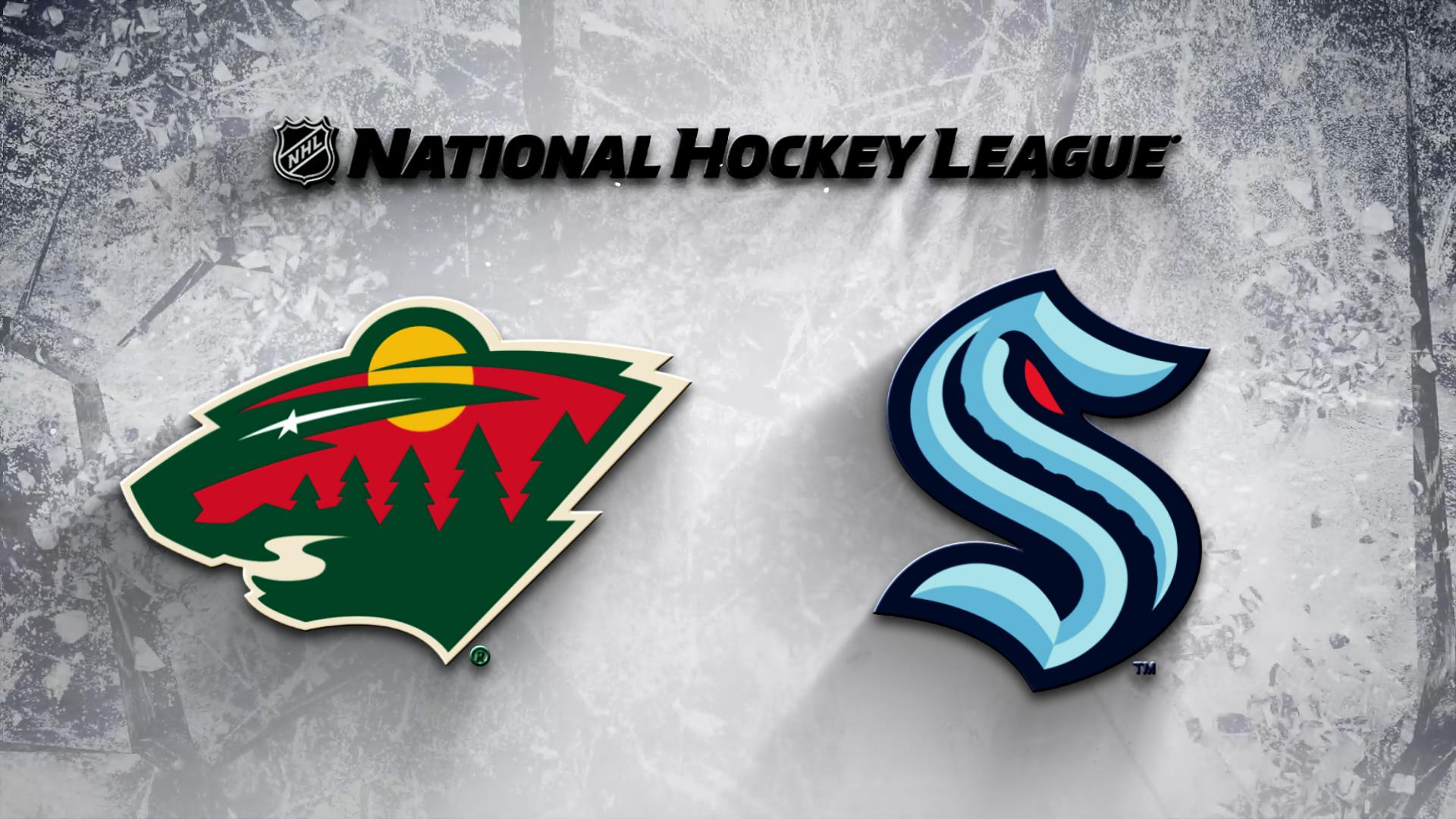When it comes to marine legends, the battle between the Kraken and the Wild captures the imagination of adventurers and marine enthusiasts alike. The Kraken, a mythical sea monster, has long been a symbol of the mysteries of the deep ocean, while the Wild represents untamed nature and the unpredictable forces of the sea. This article dives deep into the comparison between these two legendary creatures, exploring their origins, characteristics, and the cultural impact they've had on society.
The fascination with the Kraken vs Wild debate stems from the age-old human curiosity about the unknown and the powerful forces of nature. Both the Kraken and the Wild evoke awe and fear, representing the untamed and mysterious aspects of the ocean that have inspired countless stories and legends.
As we delve into this analysis, we will explore the historical background, physical attributes, and cultural significance of both the Kraken and the Wild. By the end of this article, you will have a clearer understanding of why these creatures continue to captivate our imaginations and why their comparison remains a topic of interest for many.
Read also:Emma Loken The Rising Star In The World Of Entertainment
Table of Contents
- Introduction
- Kraken: Historical Origins
- Defining the Wild
- Physical Comparison
- Cultural Impact
- Scientific Perspective
- Myth vs Reality
- In Popular Culture
- Environmental Significance
- Conclusion
Kraken: Historical Origins
The Kraken has its roots in Scandinavian folklore, where it was first described as a massive sea creature capable of dragging ships to the ocean floor. Early accounts of the Kraken date back to the 13th century, with the Icelandic saga "Örvar-Oddr" mentioning a creature known as the "hafgufa," which is believed to be an early reference to the Kraken.
Early Descriptions
Early sailors and explorers described the Kraken as a giant squid-like creature with immense tentacles that could wrap around ships and pull them underwater. These accounts were often exaggerated due to the fear and mystery surrounding the deep sea, leading to the mythological status of the Kraken in maritime legends.
- Described in the 13th-century Icelandic saga "Örvar-Oddr"
- Referred to as "hafgufa" in early texts
- Believed to be a giant squid or octopus by modern scientists
Defining the Wild
In contrast to the mythical Kraken, the concept of the Wild represents the untamed and natural forces of the ocean. The Wild encompasses all aspects of the marine environment that are beyond human control, including storms, tides, and the diverse ecosystems that thrive beneath the waves.
Characteristics of the Wild
The Wild is characterized by its unpredictability and power, often depicted in literature and art as a force to be respected and revered. It symbolizes the raw beauty and danger of the natural world, inspiring both fear and admiration in those who encounter it.
- Represents the untamed forces of nature
- Inspires both fear and admiration
- Symbolizes the raw beauty and danger of the ocean
Physical Comparison h2>
While the Kraken is a mythical creature, its physical attributes are often based on real marine animals such as giant squids and octopuses. The Wild, on the other hand, encompasses the entire marine environment, including its physical features and inhabitants.
Read also:Disclaimer Hdhub4u Understanding The Legal And Ethical Implications
Size and Strength
The Kraken is often depicted as being several hundred feet long, with massive tentacles capable of overpowering even the largest ships. In reality, giant squids can grow up to 43 feet in length, making them one of the largest creatures in the ocean. The Wild, however, is defined by its vastness and the collective strength of its many inhabitants and forces.
- Kraken: Depicted as several hundred feet long
- Giant Squid: Can grow up to 43 feet
- Wild: Vast and powerful, encompassing all marine life
Cultural Impact
Both the Kraken and the Wild have had a significant impact on global culture, influencing literature, art, and even modern entertainment. The Kraken, in particular, has been a popular subject in movies and video games, while the Wild continues to inspire environmental activists and marine biologists.
In Literature
From Jules Verne's "Twenty Thousand Leagues Under the Sea" to modern fantasy novels, the Kraken has been a recurring character in literature, representing the dangers and mysteries of the deep ocean. The Wild, meanwhile, has been depicted in works such as Herman Melville's "Moby-Dick," symbolizing the power and unpredictability of nature.
Scientific Perspective
From a scientific standpoint, the Kraken is often associated with real marine creatures such as giant squids and octopuses. The Wild, on the other hand, represents the complex and diverse ecosystems that make up the ocean.
Marine Biology
Modern marine biology has shed light on the true nature of creatures like the giant squid, revealing fascinating insights into their behavior and anatomy. The Wild, however, remains a vast and largely unexplored frontier, with new species and phenomena being discovered regularly.
Myth vs Reality
While the Kraken is a mythical creature, its origins can be traced back to real marine animals. The Wild, on the other hand, is a concept that encompasses both myth and reality, representing the natural forces that shape our planet.
Debunking Myths
Through scientific research and exploration, many myths surrounding the Kraken and the Wild have been debunked, revealing the true nature of the ocean and its inhabitants. However, the allure of these legends continues to captivate the human imagination.
In Popular Culture
The Kraken and the Wild have both made appearances in popular culture, from movies and TV shows to video games and theme parks. These depictions often exaggerate the characteristics of the creatures, adding to their mythical status.
Media Representations
Popular movies such as "Pirates of the Caribbean" and "Clash of the Titans" have featured the Kraken as a fearsome antagonist, while the Wild is often depicted in nature documentaries and environmental campaigns.
Environmental Significance
Both the Kraken and the Wild serve as reminders of the importance of preserving our oceans and the creatures that inhabit them. The Kraken, as a symbol of the mysteries of the deep, highlights the need for further exploration and understanding, while the Wild represents the delicate balance of marine ecosystems.
Conservation Efforts
Efforts to protect marine life and habitats are crucial in ensuring the survival of species like the giant squid and maintaining the health of the ocean's ecosystems. The Wild serves as a constant reminder of the interconnectedness of all life on Earth.
Conclusion
In conclusion, the comparison between the Kraken and the Wild highlights the enduring fascination with the mysteries and power of the ocean. While the Kraken represents the mythical and the unknown, the Wild embodies the natural forces that shape our world. Both have had a significant impact on culture and continue to inspire awe and admiration.
We invite you to share your thoughts and insights in the comments below. If you enjoyed this article, consider exploring other topics on our site and sharing this piece with fellow ocean enthusiasts. Together, let's continue to uncover the wonders of the deep and protect the Wild for future generations.
Data and references for this article were sourced from reputable scientific journals, historical texts, and cultural analyses, ensuring the accuracy and reliability of the information provided.


